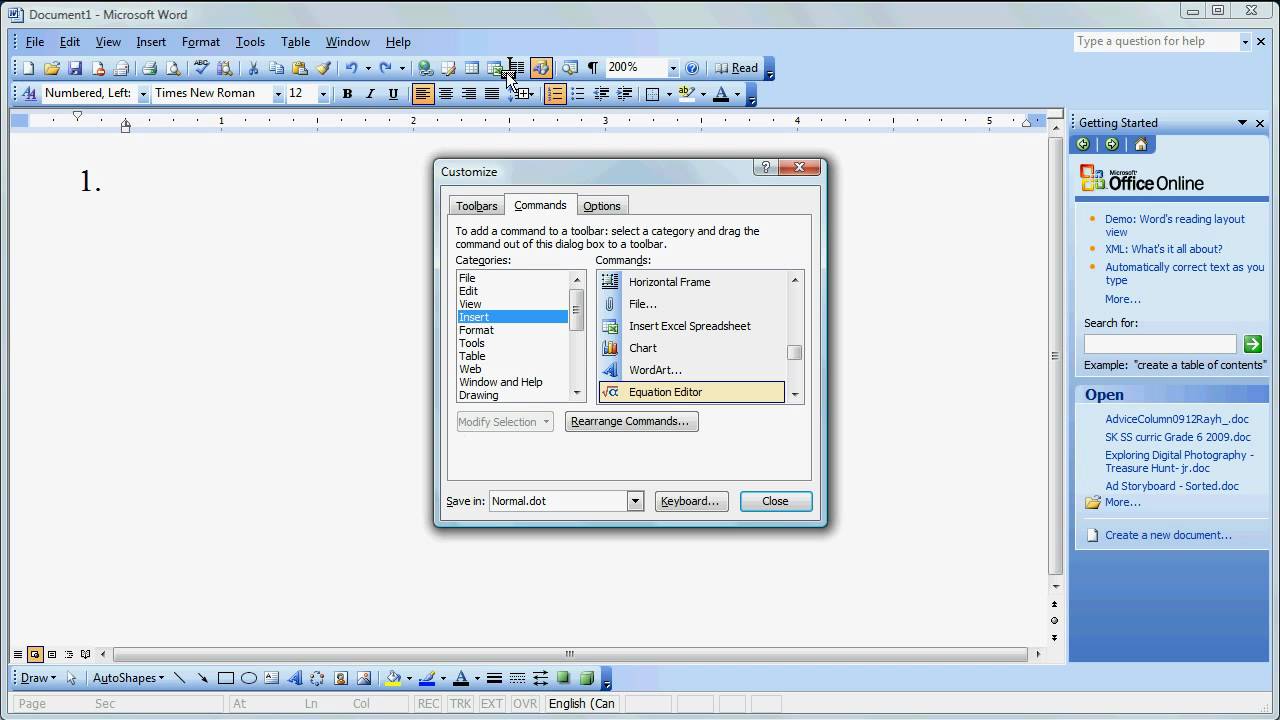
Unique names for lights are crucial to an optimal experience. Using the same word in the name adds variables to the equation. That extra letter, “s”, confuses the hell out of her. You can still say “Guest Ceiling Light” on and it will work fine, so long as you keep it singular.

All my ceiling lights are “Master Ceiling”, “Guest Ceiling”, “Office Ceiling”, etc. I removed it from all after discovering that the type already classifies them as such because it seemed redundant, unaware of the considerable difference it would make with voice command recognition. It would defeat the purpose if these notifications were disturbed by other triggers.Īs for including the word “lights” in device names, I used to have nearly every light device include it. It stays lit until I press the bypass button on the plug or voice “I got the mail” to Miss A. One for the mail triggered when the mailbox sensor detects motion. I also have plugs with different color lights plugged into them that I use as visual notification. When you assign a shortcut to InsertEquation and press that shortcut, nothing happens because you don't have Microsoft Equation 3.0. I keep all my Christmas lights’ type set to “plug” to avoid them going off with “all lights off”(easily a fan fave). The command InsertEquation is a remnant from earlier versions of Word that used 'Microsoft Equation 3.0', a completely different piece of software that is not supported in Office 365. On the flip side, maybe there are things you have connected to a smart plug that are in the same group that you don’t want toggled with other lights. If you have your light classified as a plug, it will not turn on with “lights on” regardless if it’s in the same group or which Echo the command is initiated from.

This is typically the default for switches and bulbs, but plugs will probably default to…plug. Also, ensure type within each light’s settings is toggled to “light” rather than “plug”.


 0 kommentar(er)
0 kommentar(er)
